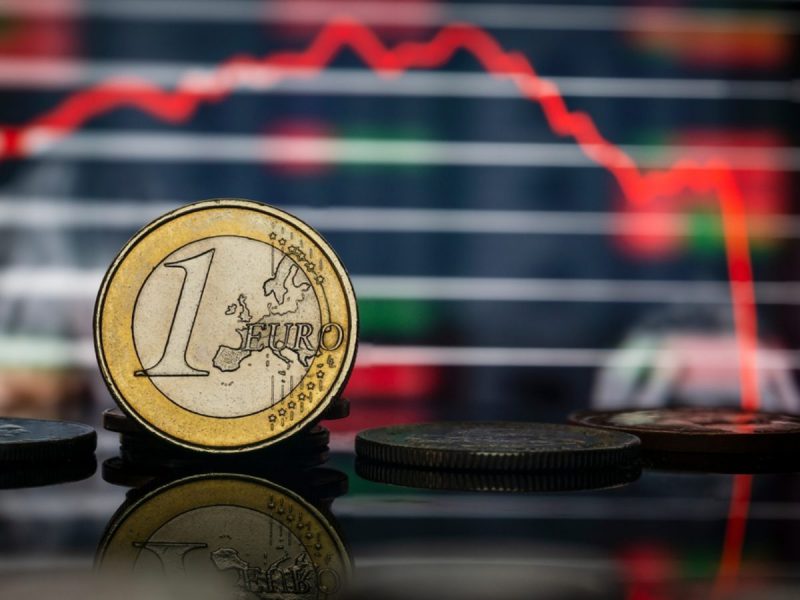The Eurozone recorded its 12th straight month of rising inflation. However, this time the number has reached new highs after the region witnessed a 10.7% increase, up form 9.9% in the previous month. This is the highest inflation rate that the region has ever observed, higher than the 10.2% projected number.
The 19 countries that use the Euro currency are facing one of their worst economical emergencies. One of the biggest contributors was the whopping 41.9% rise in energy costs compared to last year. Prices for food, alcohol, and cigarettes increased as well. Rising to 13.1% from the previous month’s 11.8%.
At 12.8% year-over-year, headline inflation in Italy exceeded analysts’ predictions. Germany reported that inflation increased to 11.6%, while France reported a 7.1% increase. The various values represent policies adopted by national governments as well as the degree to which those countries are or were dependent on Russian hydrocarbons. Germany is heavily dependant on Russian energy. Given that winter, particularly a cold one this year, is just around the corner, Germany is put on the spot for its energy needs.
However, there are certain euro-zone countries where inflation increased by more than 20%, such as Estonia, Latvia, and Lithuania.
What is the central bank doing to curb inflation?
In an effort to lower costs, the European Central Bank confirmed more rate increases in the upcoming months. Last week, the ECB made the decision to increase interest rates by 75 basis points for the second time in a row. The chance of a recession in the euro zone has increased, according to ECB President Christine Lagarde, who spoke at a press conference.
The Eurozone’s GDP (gross domestic product) increased by 0.2% in October, according to the data issued on Monday. This comes after the area’s second quarter growth rate of 0.8%. The only countries with GDP rates below zero were Belgium, Latvia, and Austria.
At press time, €1 equalled $0.99.





